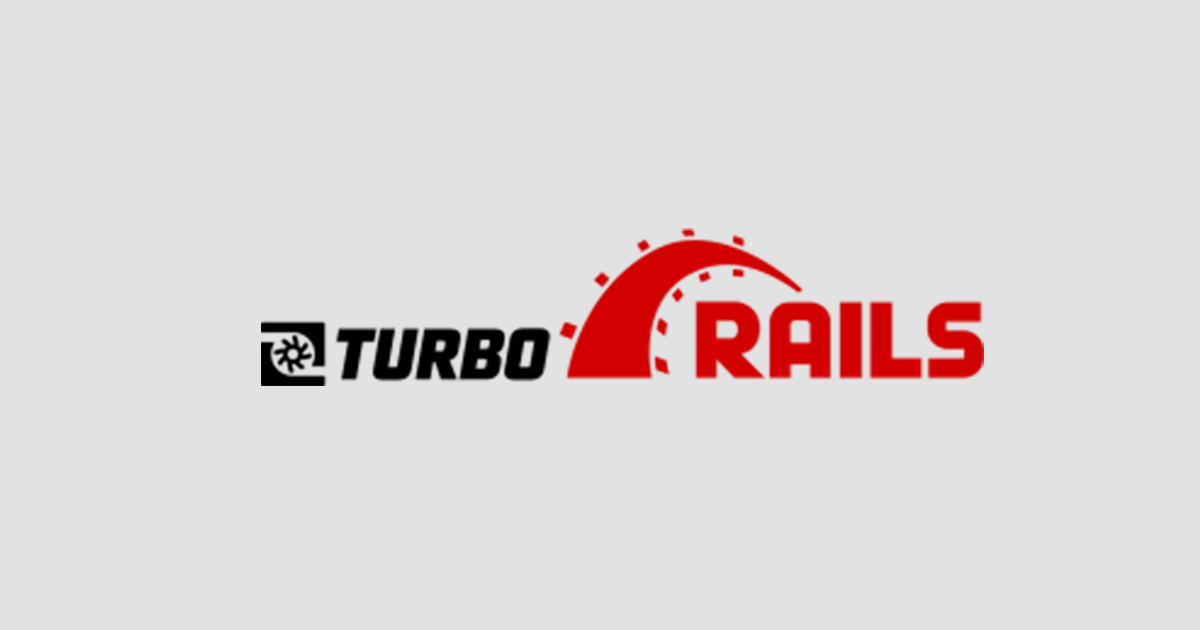こんにちは、ヘンリーです。
オライリーの「データ指向アプリケーションデザイン ―信頼性、拡張性、保守性の高い分散システム設計の原理」という本を読んでいるのですが、前半、後半の2回に分けてその内容を紹介したいと思います。
この本は3つのパートに分かれており、今回は最初のパート「データシステムの基盤」についてお話しします。次回のブログで残りの2つのパートについてお伝えします。

データシステムの設計に必要な基礎を学ぶ
エンジニアとして働いていると、「どうすればシステムをもっと信頼できるものにできるか?」「データ量が増えたとき、パフォーマンスをどう維持するか?」といった課題に直面することが多々あります。このような悩みを抱える中で、本書「データ指向アプリケーションデザイン ―信頼性、拡張性、保守性の高い分散システム設計の原理」は、これらの問題に対する答えやヒントを与えてくれる一冊でした。
今回は特に、パートIの内容を紹介しながら、この書籍で学んだこと、日々の業務活用できそうなことをお伝えします。
第1章: 信頼性、スケーラビリティ、メンテナビリティ
最初の章では、データ集約型システムを設計する際の3つの重要な特性が紹介されています。
- 信頼性: システムが障害に強く、正確に動作する能力。私たちのプロジェクトでも、障害時にデータを失わないための仕組みをいかに構築するかは、日々議論される重要なテーマです。
- スケーラビリティ: ユーザー数やデータ量が増加したとき、システムがどれだけスムーズに拡張できるか。本書を読んで、単なるリソース追加だけでなく、設計の根本からスケーラブルにする大切さを改めて認識しました。
- メンテナビリティ: 新機能を素早くリリースできる仕組み。実際に私たちの開発現場では、サービスオブジェクトを活用したモジュール設計で、このポイントを強化しています。
「信頼性」や「スケーラビリティ」と聞くと、つい高度な技術を思い浮かべますが、実は小さな設計上の決定が大きな影響を及ぼすんだなということを、この章から学べました。
第2章: データモデルとクエリ言語
続く第2章ではデータの構造化と操作について説明されています。本書を読んで「どんなデータモデルが適しているか」を深く考えるきっかけになりました。
- リレーショナルモデル: 定型的なデータに向いており、SQLを通じて柔軟なクエリを実現します。
- ドキュメントモデル: JSON形式をベースに柔軟性が高く、非構造化データに適しています。
- グラフモデル: ノードとエッジで表現され、関係性の解析に強みを持つモデルです。
データモデルの選択が、アプリケーション全体の柔軟性やパフォーマンスにどれだけ影響を与えるかを改めて実感しました。たとえば、新しい機能を追加するときに、ドキュメントモデルを取り入れることでスムーズな実装が可能になったケースを思い出しました。
第3章: ストレージと取得
データの保存とアクセスをいかに効率化するかに焦点を当てた章です。ストレージエンジンやインデックス設計は、私たちのシステムでも最適化を繰り返している部分です。
- ストレージエンジン: LSMツリーやBツリーといったアプローチが紹介されています。用途に応じて使い分けが必要です。
- インデックス: データ検索の効率を向上させるための手法として、B木やハッシュインデックスが挙げられています。
- インメモリ構造: RAM上のデータ構造を活用し、スピードが求められる場面に対応します。
実際のプロジェクトで、インデックス設計の微調整がクエリ速度を倍増させた経験があります。本書を通じて、設計段階での選択が後々の運用にどれだけ影響を与えるかを再確認しました。
第4章: エンコーディングと進化
データフォーマットの選択と、それが進化する際の対応について学びました。特にJSONやProtocol Buffersといったフォーマットの使い分けが明確に示されています。
- スキーマ進化: 新しい機能の追加や要件変更に対応するため、後方互換性を保つ設計がいかに重要かを実感しました。
当社では、既存システムと新規機能を橋渡しするスキーマ設計が必須で、本書の内容が非常に参考になりました。
読んだ後に感じたこと – 私たちの現場にどう活かしているか
「データ指向アプリケーションデザイン ―信頼性、拡張性、保守性の高い分散システム設計の原理」は、単なる技術書ではなく、データシステム設計の「なぜ」を教えてくれる一冊でした。本書で学んだ内容を活かし、私たちは現在もデータ駆動型のシステム構築に取り組んでいます。
特に当社では、「データをどのように活用し、ユーザーに価値を提供するか」を最重要視しています。もし、データシステムの設計に興味があり、一緒にこれらの課題に挑戦したい方がいれば、ぜひ私たちのチームで一緒に働きましょう。
(ヘンリー)
Book review: O’Reilly “Designing Data-Intensive Applications”
Hello, I’m Henry.
It’s been a long time since I last wrote a blog.
Currently, I’m reading a book called Designing Data-Intensive Applications, and I want to share a bit about it
There are 3 parts in the book. I’ll share about Part I first, and the other 2 parts in the next blogs.
Learning the Fundamentals of Data System Design
As an engineer, I often face challenges like “How can we make our systems more reliable?” or “How do we maintain performance as the volume of data grows?” In addressing these challenges, the O’Reilly book Designing Data-Intensive Applications: The Big Ideas Behind Reliable, Scalable, and Maintainable Systems provided invaluable insights and guidance.
In this post, I’ll highlight the key takeaways from Part I of the book, sharing both what I’ve learned and how these lessons could be applied to our daily work.
Chapter 1: Reliable, Scalable, and Maintainable Applications
The first chapter introduces three essential properties of data-intensive systems:
- Reliability: The ability of a system to withstand failures and function correctly. In our projects, designing mechanisms to prevent data loss during outages is an ongoing and critical topic of discussion.
- Scalability: The ability of a system to handle growth in user numbers or data volume. This chapter emphasized not just adding resources, but also designing systems to be fundamentally scalable.
- Maintainability: The ability to rapidly release new features and fix bugs. In our development environment, we use modular design with service objects to enhance maintainability.
What I learned from this chapter: While terms like “reliability” and “scalability” might suggest complex technologies, even small design decisions can have significant impacts. This chapter reinforced the importance of thoughtful system architecture from the outset.
Chapter 2: Data Models and Query Languages
The second chapter dives into data structuring and querying. It provided a valuable opportunity to reflect on which data model best suits different use cases.
- Relational Model: Suitable for structured data, offering flexibility through SQL queries.
- Document Model: Highly flexible and ideal for semi-structured data, using formats like JSON.
- Graph Model: Designed for expressing relationships using nodes and edges, particularly effective for applications like social networks.
Key takeaway: The choice of data model has a profound effect on an application’s flexibility and performance. For instance, I recalled a case where adopting the document model made implementing new features much smoother.
Chapter 3: Storage and Retrieval
This chapter focuses on optimizing data storage and retrieval, a crucial area that we continuously refine in our systems.
- Storage Engines: Approaches like LSM trees and B-trees are introduced, with their use depending on specific needs.
- Indexes: Methods like B-trees and hash indexes are discussed as ways to enhance data query efficiency.
- In-Memory Structures: Utilizing RAM-based data structures to meet the demands of high-speed operations.
Real-world application: Adjusting index design in one of our projects significantly improved query speeds. This chapter reinforced how design choices during development can profoundly impact system performance down the line.
Chapter 4: Encoding and Evolution
The fourth chapter explores data formats and how to manage their evolution. It clearly outlines when to use formats like JSON or Protocol Buffers.
- Schema Evolution: Designing for backward compatibility ensures systems can adapt to changes without breaking existing functionality.
Insights: At our company, schema design is essential for bridging existing systems with new features, and the lessons from this chapter are highly relevant to our work.
Reflections and How We Apply This in Our Work
Designing Data-Intensive Applications is more than just a technical manual—it explains the “why” behind data system design principles. The insights gained from this book have influenced how we approach building data-driven systems at our company.
We prioritize leveraging data to deliver value to users. If you’re passionate about data system design and want to tackle these challenges with us, we’d love to have you on our team.
(Henry)

